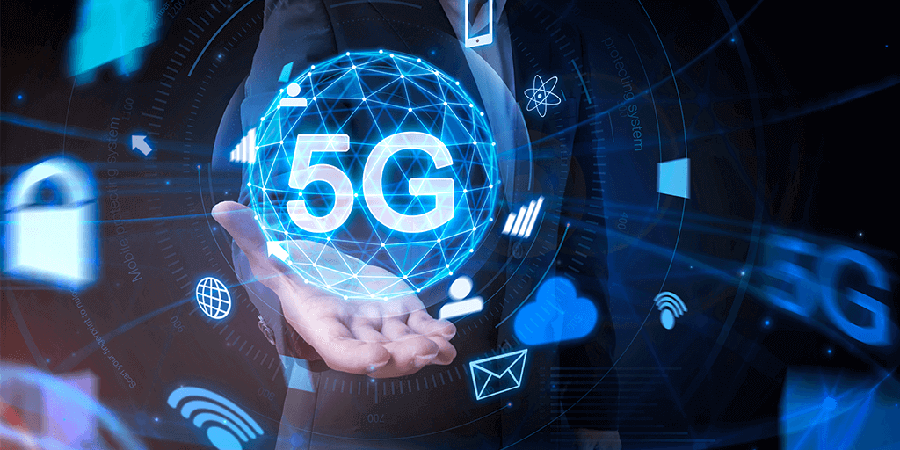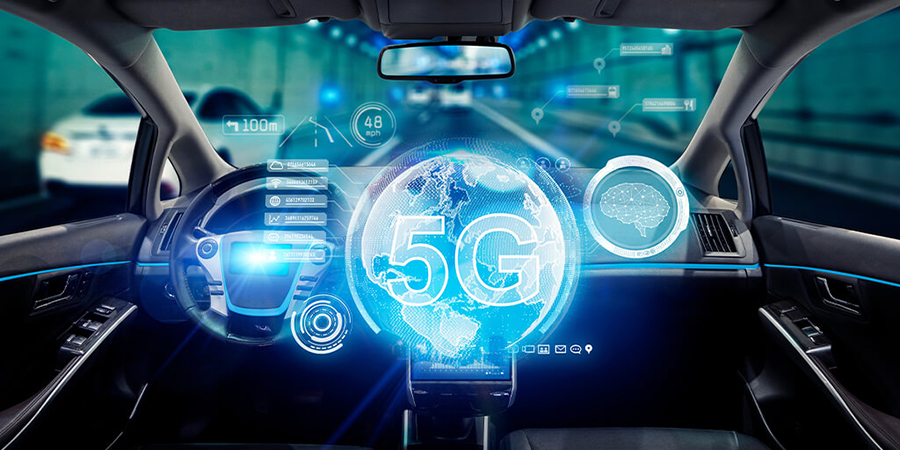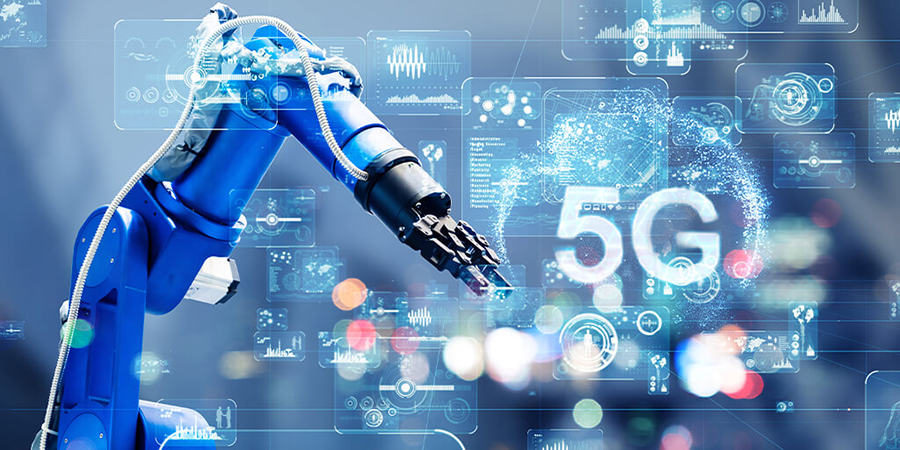Frequency Division Multiple Access (FDMA) technology is used in 1G network
In the frequency domain, different signals are moved to different frequency bands, and different signals do not overlap with each other.
2G network uses Time Division Multiple Access technology: TDMA
TDMA is used in 2G cellular networks to create channels by assigning non-overlapping time slots to users. Peak rates up to 200 kbps.
3G network uses CDMA technology: CDMA
Different users are distinguished by different coding sequences, i.e., different waveforms. From the frequency domain and time domain, they overlap each other. Based on spread spectrum technology, it has the characteristics of anti-interference, anti-multipath fading, good confidentiality and so on. The peak rate can reach 2Mbps.
4G uses Orthogonal Frequency Division Multiplexing (OFDM)
The channel is divided into multiple orthogonal sub-channels, each sub-channel uses different sub-carriers for modulation, and each sub-carrier is transmitted in parallel, thus effectively suppressing the inter-symbol interference (ISI) wireless channel caused by time delay. The peak rate is 100 Mbps.

The multiple access technology of the 5G control channel eMBB is uplink and downlink CP-OFDM
The transmission mode is MIMO with high throughput. CP means that after the OFDM calculation samples are subjected to inverse fast Fourier transform, a cyclic prefix is added in front of them, which can suppress the delay spread caused by multipath effect and eliminate ISI. Cyclic prefix can also change linear convolution into cyclic convolution, which greatly reduces the complexity of signal processing. Peak data rates up to 10 Gbps are expected!
5G network not only has higher transmission rate, but also shows the characteristics of low delay, high reliability and low power consumption in transmission. Low power consumption can better support future Internet of Things applications. Low latency and high reliability can meet the requirements of the Internet of Vehicles. For example, the Internet of Vehicles requires a transmission latency as low as 1ms, while the traditional authentication and encryption procedures cannot meet the requirements of ultra-high reliability and low latency communication scenarios.
If 1G is aimed at personal communication, then 5G technology is aimed at the management application of industry and society. Compared with the current relatively closed mobile communication system, if the 5G network has trust problems in the process of open authorization, malicious third parties will frequently launch attacks on the network through the network control capabilities obtained, such as APT attacks, DDOS, Worm malware attacks. Fortunately, 5G adds a public key sent by operators to USIM cards. The public key directly encrypts the user's SUPI (IMSI) into SUCI, and the network uses the private key to decrypt it, thus protecting the user's identity from eavesdropping attacks.
● Smart city
Smart cities and municipalities will use information and 5G technologies to improve livability, operability, security and sustainability. Energy costs would be lower, transportation would be faster, and safety would be improved. 5G industrial cellular routers will provide encrypted and faster data transmission channels all the way to set up, manage, monitor and protect all connected devices in smart cities, from sensors to edge systems of the Internet of Things.

● Driverless car
Driverless technology must improve to the point where it is both reliable and flexible enough to handle complex journeys. If there is no one in the driver's seat, cars need to communicate with each other to avoid accidents and minimize congestion. They will need to understand the sensors deployed on traffic light poles, road signs and sidewalks to navigate more safely. They need an immediate response, and this is where a 5G industrial router with low latency and high reliability can be delivered.

One of the best things is that they can do a very dangerous job for humans. Thanks to the high-speed, low-latency and high-density high-quality network, robots equipped with 5G cellular routers can be widely used in industrial welding, deep space exploration, disaster response and other fields, and robots can meet challenges more accurately.

1) Designed for unattended applications
This product is considered EMC Level 4 compliant. Due to the professional metal housing design, the equipment is protected from moisture, lightning and electromagnetic interference, and the temperature range is 70 ℃ to -40 ℃.
2) Massive data throughput capacity
5G industrial routers support higher real-time applications, accommodate more devices and low-latency networking, as well as stronger data acquisition and forwarding capabilities.
3) Device access capability
There are abundant industrial interfaces on the router based on 5G technology, which can support a large amount of data access from industrial control sites. Equipped with gigabit network port POE power supply, the site networking speed is faster.

